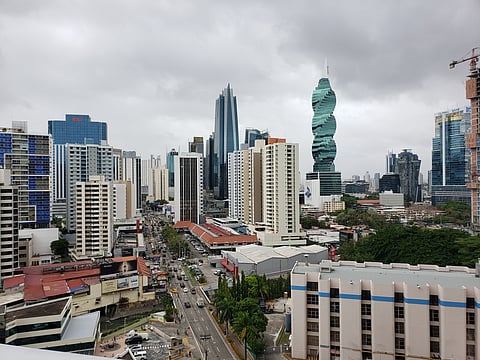Indians in Panama are a prosperous, thriving community
Indians in Panama have come a long way since the middle of the 19th century when immigrants from the subcontinent came into the central American country as laborers and construction workers.
Over 15,000 Indians, including nonresident Indians and Persons of Indian Origin live in Panama, a country located on the isthmus connecting the two continents of North America and South America. The majority of the Indians living here are Gujaratis, Sindhis and Punjabis. They are engaged in providing microcredit, trading activities, and the shipping industry.
The thriving and prosperous community of Indians comprising of all religions, run gurudwaras, temples and mosques.
Trade relations between the two countries and areas of cooperation have also grown over the years.
Indian investments flowing into Panama have crossed $46 million from 2000 to 2021, while bilateral trade between the two countries stood at about $266 million in 2018-19.
Recently the two countries signed agreements to cooperate in agricultural research, education, and a reciprocal visa exemption arrangement for those holding diplomatic and official passports. India has also committed to investing about $25 million in Panama to set up a Centre for Biodiversity and Drug Discovery and a Centre for Technology and Innovation. In addition, the Indian Cabinet has approved a memorandum of understanding with the Electoral Tribunal of Panama to collaborate on electoral management and administration.
EARLY MIGRANTS
Most Indians who migrated to Panama in the 19th century were Sikhs from Punjab.
Job opportunities in the construction of the Panama Canal Railway drew them in the 1850s. The Sikhs joined the Transcontinental Railroad link as construction workers. More of them poured in when work for the Panama Canal started in the early years of the 20th century.
When construction on the canal was completed in 1913-14, many Sikh immigrants returned to their native place. Some of them migrated to other countries such as the USA and UK. Still, many stayed back as farmers, landowners, and traders.
The second and third wave of immigrants were Bengali Muslims, followed by those from Gujarat and then Sindhis.
In 1962 diplomatic relations were established between the two countries, and in 1973 India opened its mission in Panama, the first in a central American nation.

